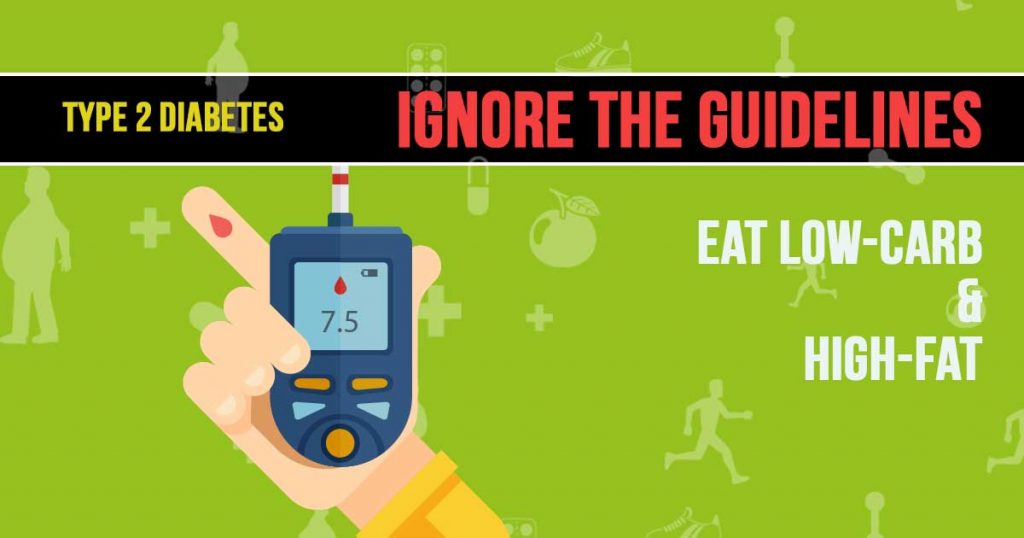

- Ewasiest way to determien fat type from ibored how to#
- Ewasiest way to determien fat type from ibored windows 10#
- Ewasiest way to determien fat type from ibored portable#
- Ewasiest way to determien fat type from ibored windows#
Bottom line for me is that the approaches outlined in the article are good and will work for some but not all. My next step is to restore a backup using a state that predates the dirty bit problem, I’ll lose a bit of data but the chkdsk logs show some clean ones in August, I’ll post something with the results. But after a few re-boots, the drive was showing dirty again and forcing CHKDSK at each reboot.
Ewasiest way to determien fat type from ibored windows#
I could see the formerly dirty drive in Windows Explorer and defrag it. I could locate and edit the string and save the changes to the drive. Bein the novice that I am at Hex editing, I was loath to edit them for fear of turning the drive into a brick.įinally, I removed the dirty drive and installed it in a USB enclosure. Problem was that the strings the Hex Editor found were not exactly like the ones in the article. Its Hex Editor search function is a bit slow but it works. I then tried using Hiren’s BootCD PE which is pretty impressive. First, I tried using vanilla Windows PE disk running chkdsk but chkdsk would not see the dirty bit here either. Once in use, it would lock and not permit any writing to the drive. The first challenge was the fact that the miscreant drive was an installed boot device. One could run chkdsk on this drive in various ways until the “cows come home”” and the dirty flag will not be cleared or repaired.
Ewasiest way to determien fat type from ibored windows 10#
I have been through this drill with a dirty bit on a drive installed in Windows 10 Pro machine.
Ewasiest way to determien fat type from ibored how to#
On we’ll show how to clear the dirty bit for NTFS, FAT32, FAT16 and locked volumes. HxD is certainly one of the easiest tools to use and can make the needed changes but is a bit slower because it needs to manually search the drive for some values. Only DMDE, WinHex and Hex Workshop were the editors able to write the data back to the disc but the last two are shareware tools. We’ve tried a total of 13 different hex editors which are wxHe圎ditor, HxD, 010 Editor, CI Hex Viewer, iBored, He圎dit Pro, Hackman Suite, DMDE, Hexprobe, FlexHEX, ADRC Hard Disk Hex Editor, WinHex and Hex Workshop. As we said earlier, the dirty bit is simply 1 hex value on the disc volume that needs to be reset and is easy to change again in future once you know how.

Here is a third method, and we’ve spent several hours locating the dirty bit on NTFS and FAT16/32 file systems so that we can manually reset or clear the dirty bit with a hex editor that supports disk editing.

The second option is safer but takes a lot of time if you have a lot of files to move. Going with the first option would risk losing some of your files when the scan disk decides to turn them into CHK files. So there seems to be 2 solutions to clear the dirty bit which is to trust the Microsoft disk checking utility by completing a check disk OR you can move the data away from the volume, format the drive and then move it back. This can happen if you remove the device or disc before all files have been written to it. There might be a problem with some files on this device or disc.
Ewasiest way to determien fat type from ibored portable#
This method doesn’t clear the dirty bit on the drive though and simply forces Windows not to scan a drive on boot.Īs for a USB flash drive or portable hard drive with the dirty bit enabled, plugging the drive into a Windows 7 computer will prompt a window that asks:ĭo you want to scan and fix Removable Disk (G:)? This will usually keep happening until you let the drive be scanned or alternatively you can tell Windows to stop checking the specific drive. You can skip the disk checking by pressing any key but it will come back again the next time you start up your computer. When the computer boots up with the dirty bit enabled on a hard drive, you will be asked to check the disk for consistency before Windows is loaded. Windows will check the dirty bit to determine if a volume can contain corrupted files due to hard resetting your Windows computer with files that are still opened or when you unplug a USB flash drive that is in the midst of copying a file. Basically a dirty bit is just a 1 hex value located somewhere hidden on the hard drive that Microsoft has never reveal until recently. One mystery that has gone unsolved for the longest time now is the dirty bit on hard drive volumes.


 0 kommentar(er)
0 kommentar(er)
